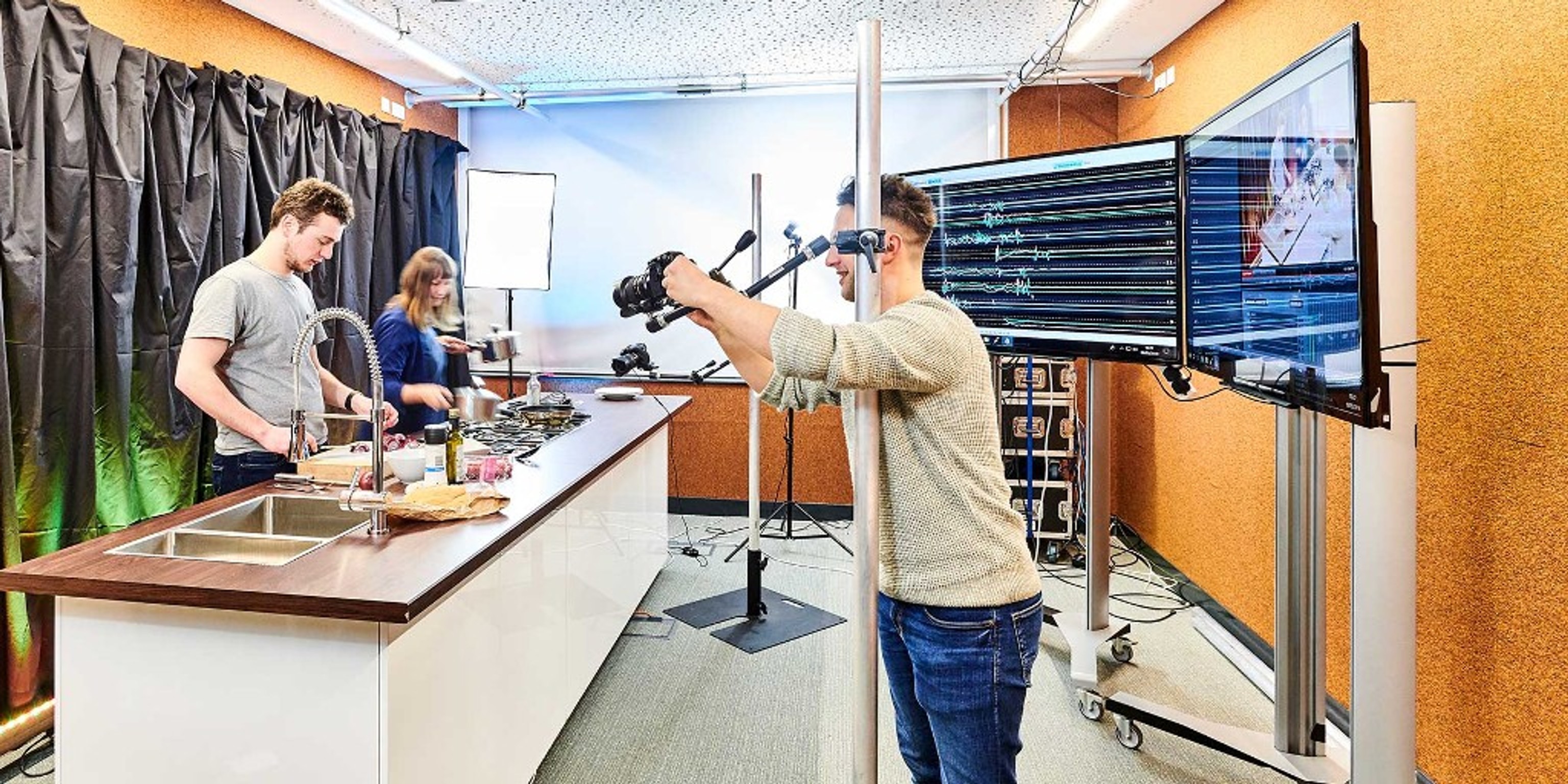
Ambient Kitchen
Design Futures










Abstract
The Ambient Kitchen was originally designed to demonstrate the potential for technology to support older adults live independently for longer,
Method
The Ambient Kitchen used RFID technology, through this sensing infrastructure the behaviour of users in the kitchen can be tracked and reasoned about.
Takeaways
It has since been used to support healthier eating and also task-based language learning - such as learning a language through cooking.
The Ambient Kitchen was originally designed to demonstrate the potential for technology to support older adults live independently for longer, but has since been used to support healthier eating and also task-based language learning - such as learning a language through cooking.
The Ambient Kitchen used RFID technology (embedded in the worktops and the cupboards), a pressure-sensitive floor (under the laminate flooring), multiple flat LCDs screens (behind tinted glass wall covering), and numerous wireless accelerometers embedded into specially adapted utensils. Through this sensing infrastructure the behaviour of users in the kitchen can be tracked and reasoned about.
AK-Lite
AK-Lite is a portable version of the Ambient Kitchen and is intended for real-world home-based deployments of our experiments in pervasive sensing and display for situated cooking support.
AK-Lite consists of a set of utensils fitted with accelerometers, with extra accelerometers that can be attached to handles on ovens and taps and to food containers, as well as a tablet computer contained in a bespoke designed case. As such it is fully portable and considerably less expensive to deploy than the complete Ambient Kitchen.